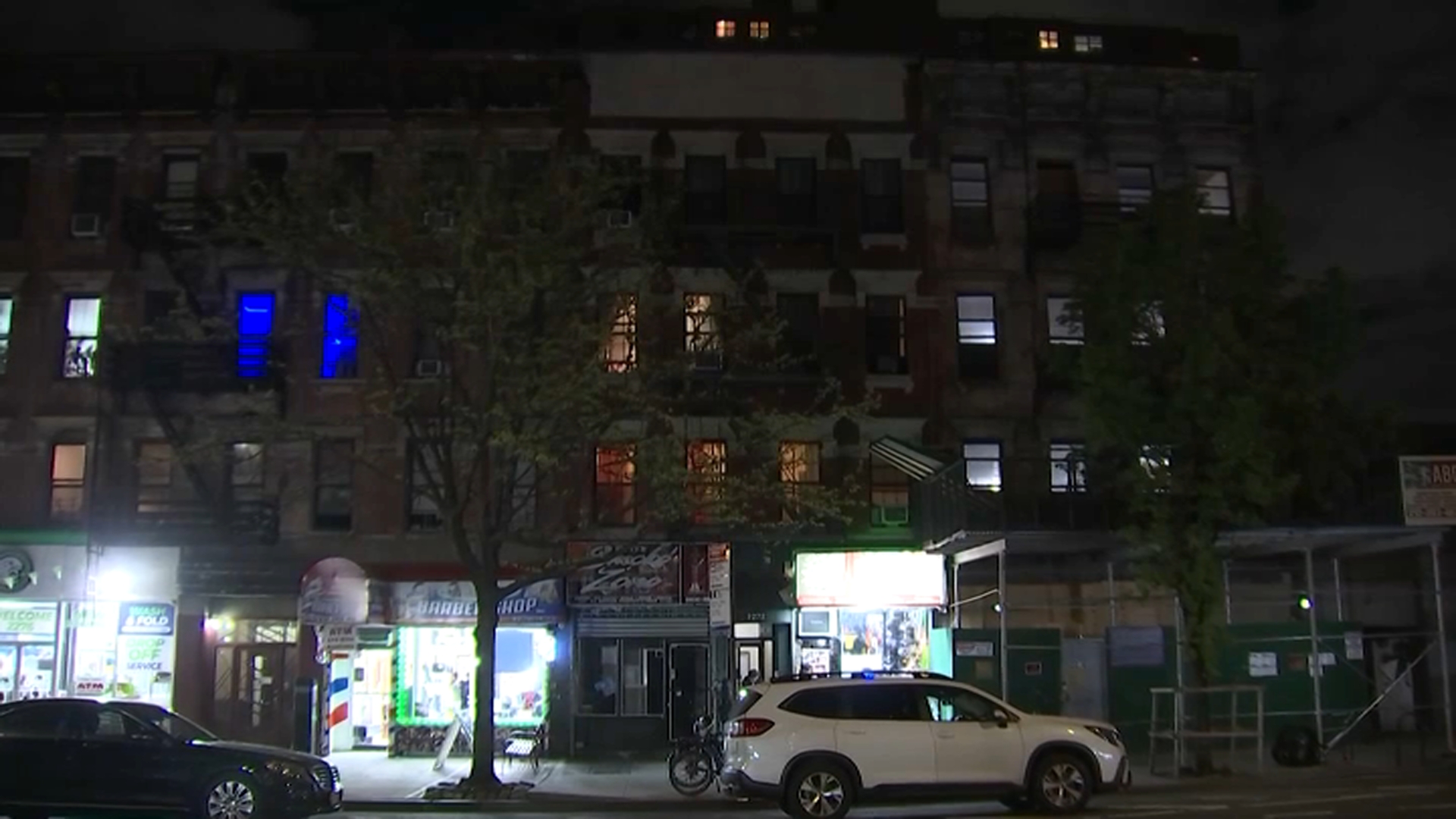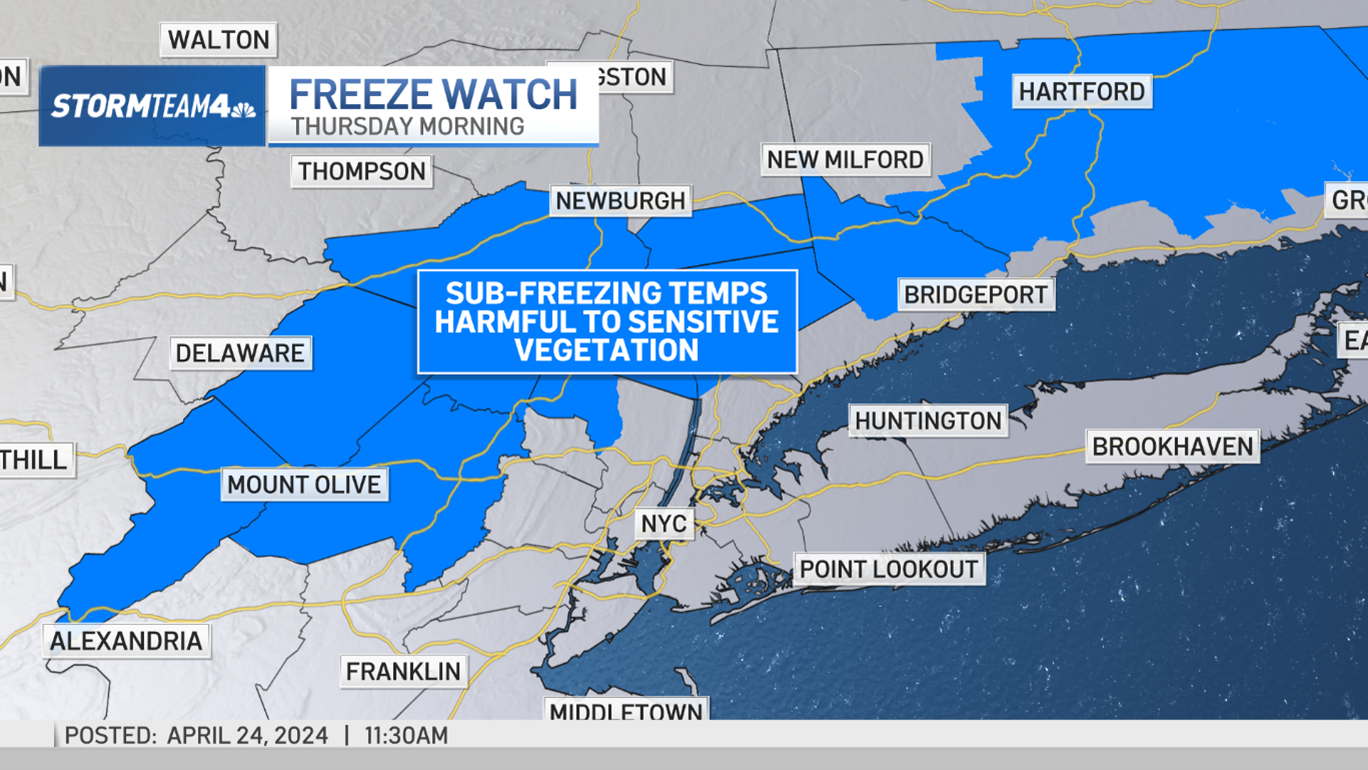What to Know
- A former employee shot seven staffers at Bronx-Lebanon Hospital in a rampage last Friday, killing one of them
- Doctors and nurses who rushed to save their colleagues shared their stories, telling of the initial shock of hearing a code silver
- One team had coincidentally received active shooter training that morning
When a code silver was called during the shooting rampage at Bronx-Lebanon Hospital last Friday, doctors, nurses and staff were shocked -- but not unprepared.
Seven of their colleagues had been shot by a disgruntled former employee on the 16th and 17th floors, and there was no time to waste: the victims had high-power rifle combat wounds, and the injuries could have been deadly for at least five of the staffers who were shot, according to the physicians who treated them.
The stunning "code silver" was called over the pager, and wounded patients started trickling into the emergency room. Nurses stood by as a new victim appeared every five to 10 minutes, according to Carl Smith, the charge nurse in the E.R.
Despite being unsure of where the gunman was, two of the nurses in the emergency room, Mernelis Velasquez and Nicole Molnar, went to the blood bank several times to retrieve the life-saving blood for the victims in surgery, according to Smith.
"It was only after everything was finished that these nurses started to cry, and we realized we weren't even thinking about what was happening. Our own goal was to save these guys," Smith said at a news conference held by the hospital Friday.
The victims were sent to five different operating rooms, and all were in use at the same time. Dr. Milton Gumbs, a veteran of the Korean War, commanded the desk in the operating room; Dr. Ajay Shah, a veteran surgeon, was commanding the emergency room; and Dr. Brian Gilchrist, the chair of surgery, was consulting with specialists. There were hand surgeons and brain surgeons, "and we got the job done simultaneously," Gilchrist said.
Meanwhile, patients in other parts of the hospital were being escorted out by SWAT teams and police. Dr. Magdy Mikhail, the chair of obstetrics and gynecology, said some women were in labor. In the middle of the lockdown, one sick baby needed to be transferred to the neonatal ICU right away.
"I approached the SWAT team, who obviously didn't want anyone to move but understood the seriousness of the condition, that the baby needed urgently to be transferred," said Mikhail. "So they provided an armed escort to me, the nurse and the baby, and took us from the fifth floor to the sixth floor."
The baby was treated and remains in the ICU.
In a chilling coincidence, Mikhail said his department, which gets workplace training and education every Friday morning, had just gotten a lecture on workplace violence. It had been scheduled weeks in advance, and the head of security presented an 11-minute video on what to do and what not to do in the presence of an active shooter. Mikhail said his staff later told him the video was instrumental in protecting themselves and their patients.
"During the presentation, it was recommended we do simulations and drills. I'm sure when the first code silver came, some of the staff probably thought, 'Here comes the drill,'" said Mikhail. "It obviously was no drill."
Another doctor pointed out, however, drills have limits. It was the human instinct and skill in that setting that made the difference.
"No hospital has ever trained for an active shooter who set two floors on fire at the same time, at least not that I've seen," said Dr. Sridhar Chilimuri, chair of the medicine department. "We had moderate systems in place. We just had great individuals who saved lives."
Chilimuri says drills may be useful for situations like school shootings, where kids are taught to run from danger and teachers will protect them.
Local
But "the hospital personnel's instinct is to go save," he said. "They really can't run away when one of their colleagues is bleeding. They stayed and packed the wounds. It was the NYPD who physically had to extract them -- they wouldn't leave."
Some of the people at Bronx-Lebanon Hospital knew the gunman, Henry Bello, a former doctor who worked there from August 2014 through February 2015, according to Chilimuri.
"That's probably why they were caught off guard," said Chilimuri. "He greeted some of the nurses, he said hello to some of the staff."
Bello would go on to shoot seven staffers, killing one of them -- 32-year-old Tracy Sin-Yee Tam -- before lighting a fire and then turning the gun on himself. The first doctor who was shot, Dr. Tariq Hassan, shared his haunting story with News 4 Thursday, recalling the moment Bello stormed the 16th floor and began firing.
Bello, bent on killing a doctor whom sources said he had blamed for getting him terminated from the house physician job he held at Bronx-Lebanon, used his old ID to gain access to the building. He was enraged that a specific doctor he'd asked for was not there, sources said.
Of the six shooting survivors, one has gone home, hospital officials said. Two are at Mount Sinai Hospital in stable condition, and the remaining three are still recovering at Bronx-Lebanon Hospital.
Both the victims and their colleagues who saved their lives are undergoing grief counseling.



